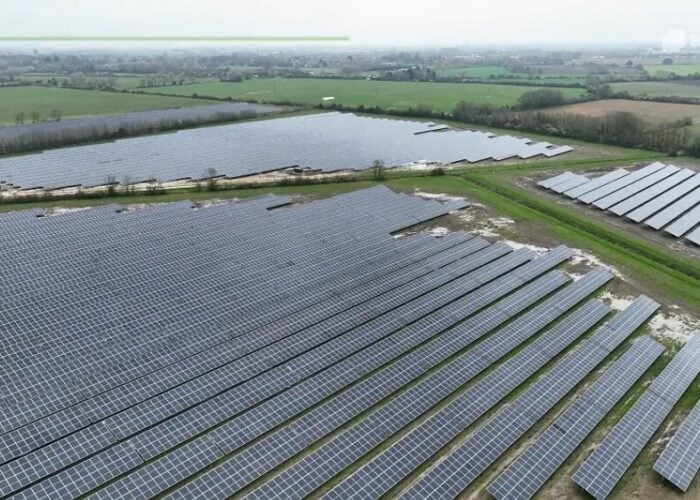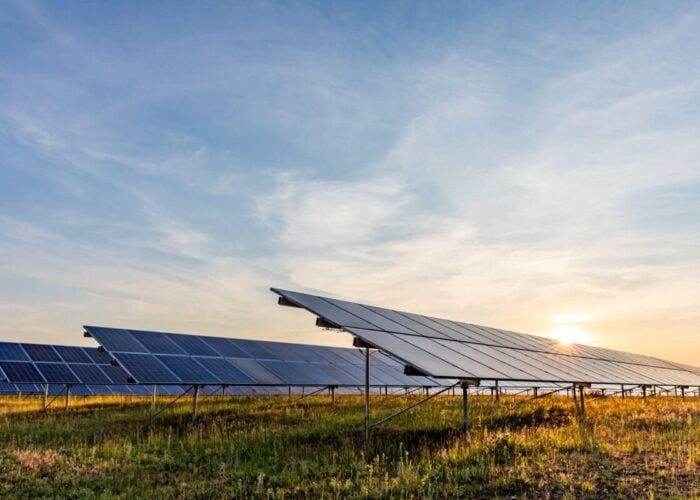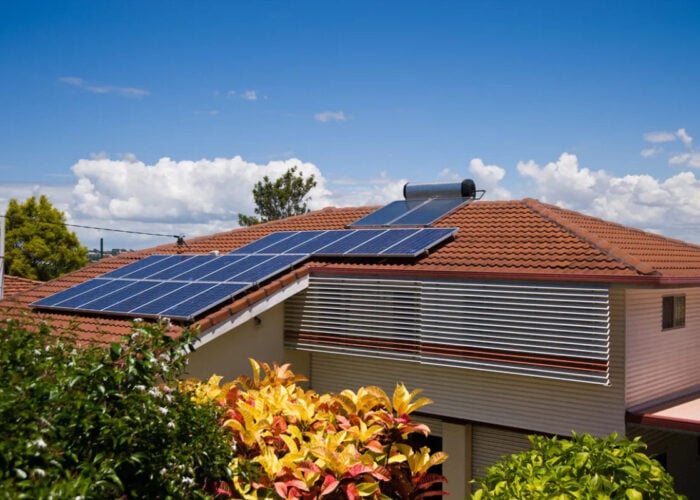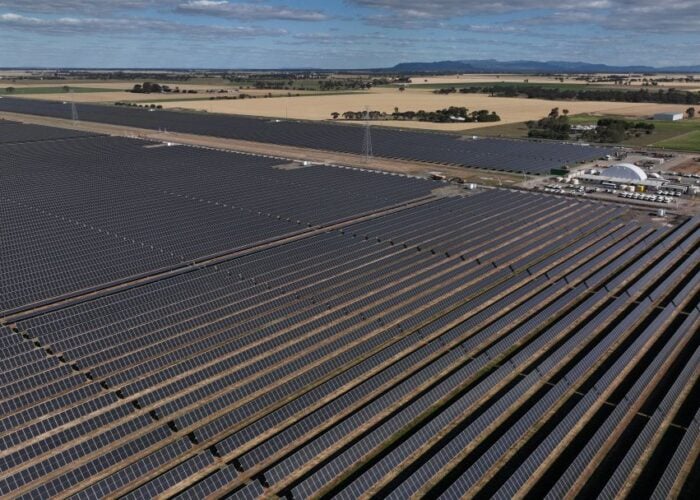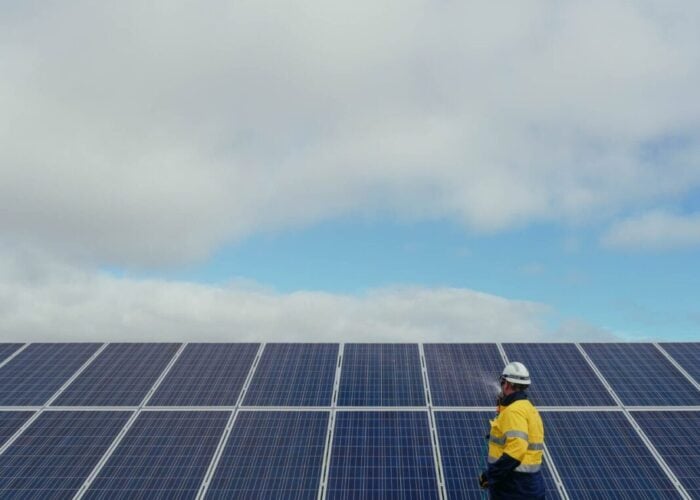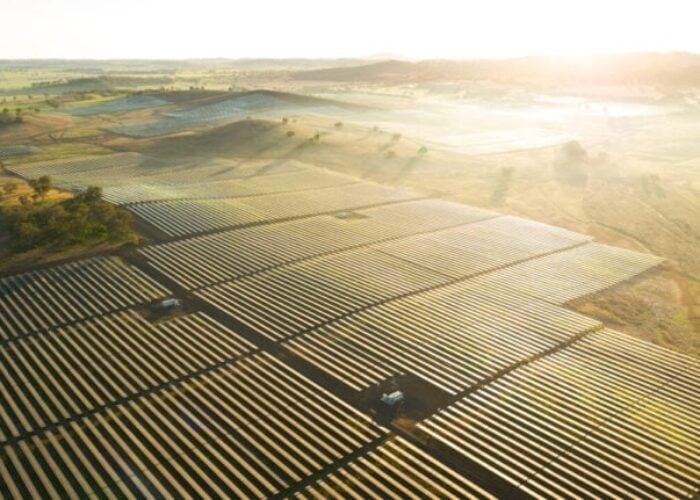
The publication of National Grid Electricity System Operator’s (NGESO) annual Future Energy Scenarios document is a highlight of any UK energy geek’s calendar. A complex and highly detailed analysis of how quickly the UK’s grid is changing, it provides significant detail from foresight from the control room of the UK’s grid.
For the Australian Energy Market Operator (AEMO) to launch a distinctly similar document in the same week, documenting a roadmap for Australia’s grid out to 2040, poses an early Christmas for energy anoraks everywhere.
Try Premium for just $1
- Full premium access for the first month at only $1
- Converts to an annual rate after 30 days unless cancelled
- Cancel anytime during the trial period
Premium Benefits
- Expert industry analysis and interviews
- Digital access to PV Tech Power journal
- Exclusive event discounts
Or get the full Premium subscription right away
Or continue reading this article for free
There are of course differences between the two, both in scope and depth of subject matter, with NGESO and AEMO’s remits being slightly different, but even just in terms of the solar ambitions and possibilities of both countries, comparing the AEMO’s Integrated Resource Plan with NGESO’s Future Energy Scenarios draws a line under the significant role solar PV stands to play in both countries’ green ambitions.
The distributed ‘Step Change’ in Australian power
The prevalence and penetration of distributed energy resources (DER) in Australia is one of the key takeaways from AEMO’s ISP. Across the documents five scenarios – which range from ‘Slow Change’ to ‘Step Change’, with a central scenario splitting the difference – output from DER is forecast to as much as treble to 22% of total consumption by 2040. This would see an increase from around 12TWh today to anywhere from 30 – 60TWh by 2040, providing significant quantities of generation and storage for consumers.
AEMO’s forecast also argues, however, that such growth in DER could lead to much lower troughs in demand for power from the grid, placing even greater importance on system services. The proliferation of behind-the-meter storage alongside distributed PV will largely dictate the scale of that impact, AEMO has said, coupled with other factors including EV charging times.
AEMO’s central scenario argues that an additional 31GW of new renewables capacity could be needed by 2040, however its ‘Step Change’ scenario states that up to 50GW could be required. While the numbers may differ between the scenarios, AEMO is clear that locating significant quantities of renewable strategically – within Renewable Energy Zones that take advantage of renewable resources such as strong winds or irradiation as well as network capacity and system strength – is imperative. Ensuring these zones are well located can reduce the need for new transmission infrastructure, optimise generation mixes and, crucially for the solar industry, reduce project connection costs.
Indeed, within a REZ, the ISP forecasts levelised cost of electricity for solar developments to have fallen to between AU$35/MWh to AU$60/MWh, the bulk of the difference in that price being the cost of transmitting power to demand centres.
AEMO meanwhile breaks storage down into three specific ‘depths’, referring to their duration and use case. Shallow storage, typically comprising virtual power plants and 2-hour duration utility-scale batteries, will be used for capacity and fast ramping, while medium storage would include 4-hour duration batteries and longer-duration pumped hydro to shift generation intra-day, typically driven by demand and cycles of solar generation. Deep storage, comprising 24- and 48-hour pumped hydro, would be used to smoothen any seasonality with renewable output and cover any “droughts” occurring when weather patterns dampen output.
More headline numbers from the AEMO ISP can be read here.
A green (and greener still) UK
National Grid ESO’s FES document is slightly different in its approach given its remit – National Grid was legally separated in 2018, with ESO taking care of the energy system and National Grid Electricity Transmission (NGET) taking responsibility for the transmission network – and divides its work into two views; consumer and system.
NGESO’s projections for solar in the UK take into account all types, rather than splitting out distributed and utility-scale solar. But the system operator equally uses a range of projections based on consumer behaviours and notes those that are compliant with the country’s legally-binding target of eliminating all carbon emissions from its economy by 2050. Pivotal to that target is eliminating emissions from the power system as soon as possible, and this year’s FES suggests that this could be achieved by 2033. In fact, the UK’s power system could even climb into negative power emissions by that date depending on the incorporation of emerging technologies.
The ESO notes in particular that hydrogen production through electrolysis has had a significant impact on its projections for renewables, in particular solar, this year. National Grid now suggests as much as 1.4GW of new solar should be installed in the UK each year between now and 2050, equivalent to some 42GW. That would take the UK’s solar capacity to ~55GW by that date, however the system operator’s most ambitious scenario sees solar installations rise to as much as 75GW.
Hydrogen production in the UK is forecast by NGESO to require as much as 190TWh of clean power by 2050, much of which will come from solar. Indeed, National Grid expects clean power output to rise to around 480TWh for the UK’s power system to be net zero-compliant.
This could, however, pose something of a problem for the UK’s power market, which AEMO’s ISP also touches on in Australia. National Grid expects zero marginal cost power sources to be providing around 80% of the UK’s power by 2050, meaning feedstocks such as gas or biomass will have little influence over wholesale power prices, unlike how they do now. As a result, the power markets of the future will have to adapt and reflect that change, valuing a generator’s flexibility over just its supply.
A full and detailed breakdown of NGESO’s FES 2020 can be read on sister publication Current± here.
The whole system
While the two documents vary in their subject matter and numbers – of course they do, no two power markets are exactly alike – they do converge on one point; the need for a holistic, whole systems approach to the management of renewables and the grid of the future. While AEMO places significant stock in the need for dispatchable resource and new grid service markets to underpin the growth of renewables, NGESO discusses the role of consumer energy alongside electrified transport and hydrogen production.
The need for a whole system approach when discussing the future of renewables, grids and the energy market as a whole is nothing especially groundbreaking or even particularly new for this sector, but for such discussions to be front and centre in documents like AEMO’s ISP and NGESO’s FES highlights a shift in mindset and progression for the industry as a whole.
For this now to take hold, however, discussions and documents like this must be followed by action. Both documents make it abundantly clear that for the transition to take hold, power markets and the regulations that underpin them must evolve drastically. Failure for national governments to embrace documents such as these and enact the change they recommend place at risk the very futures they predict.

